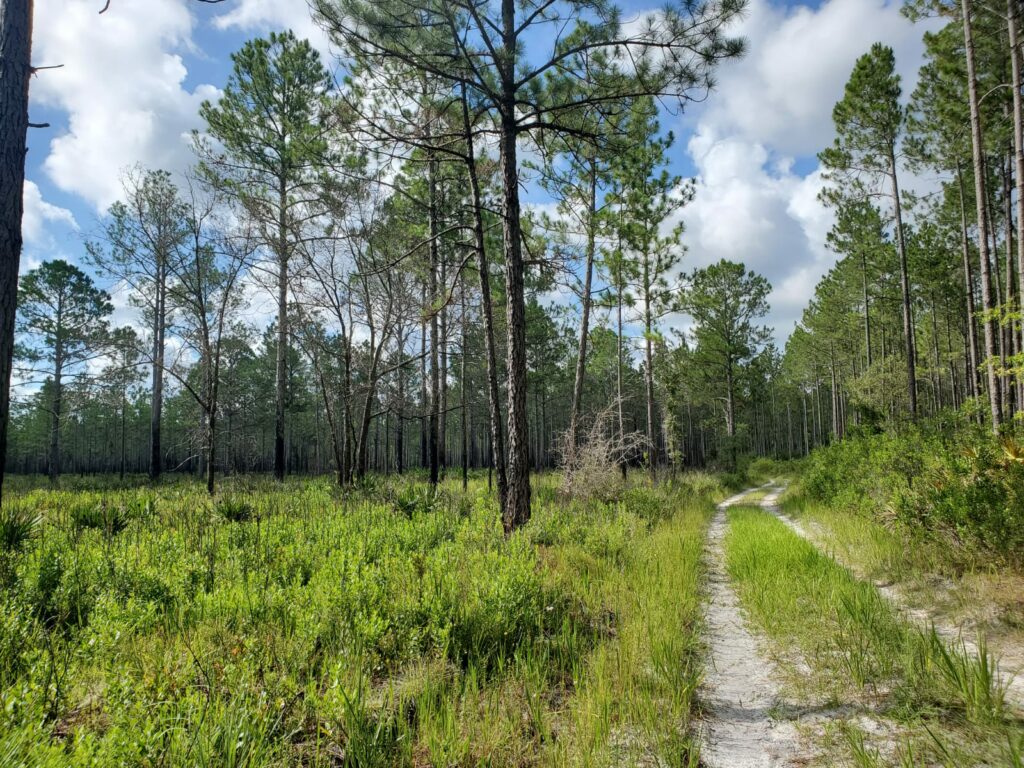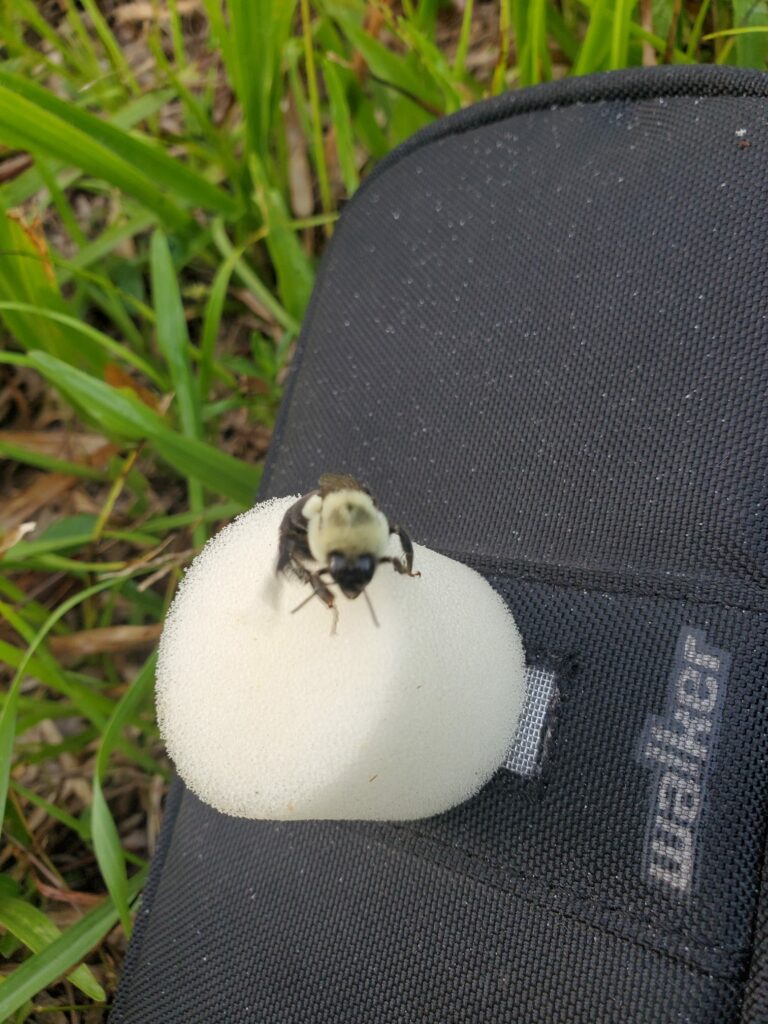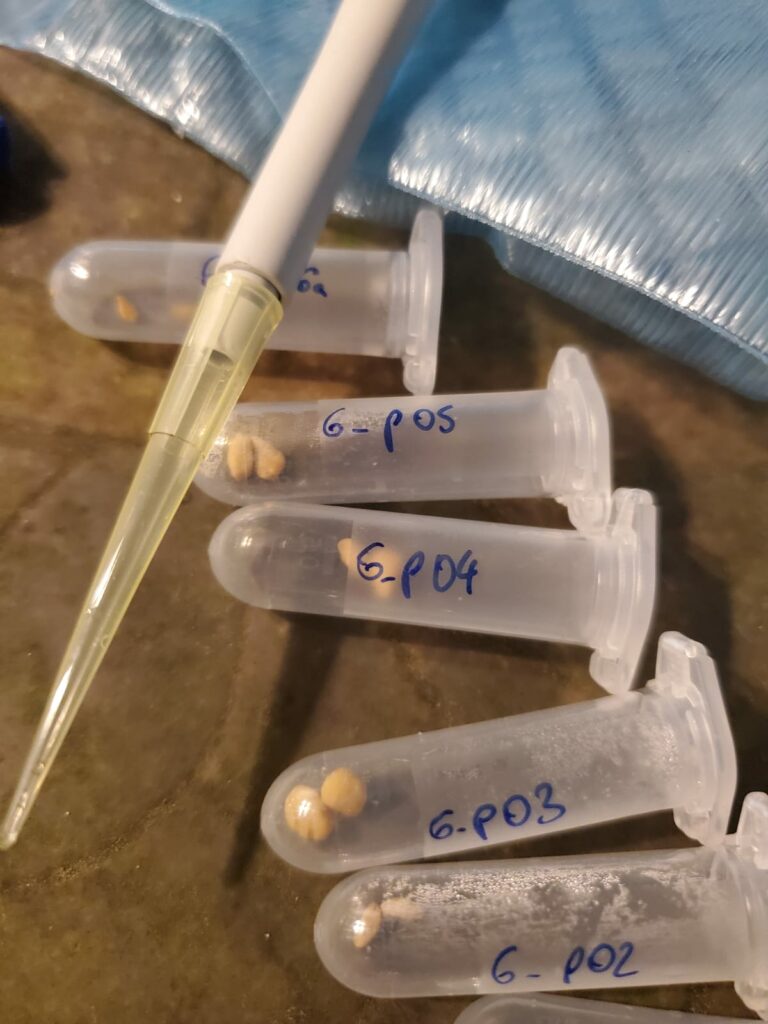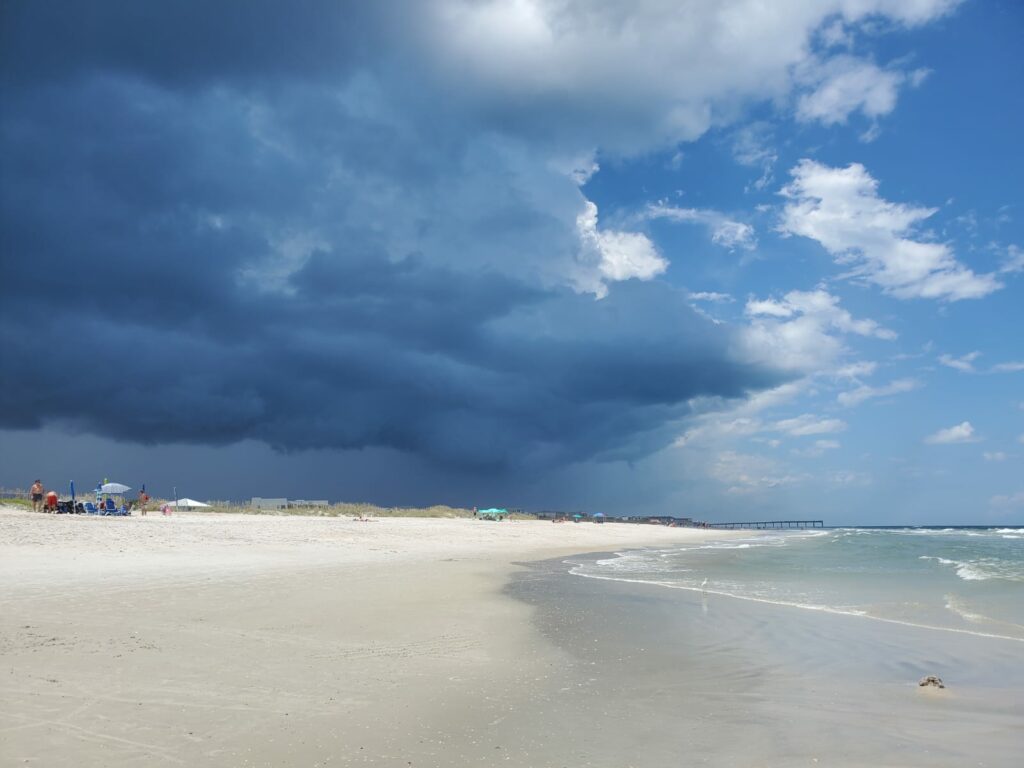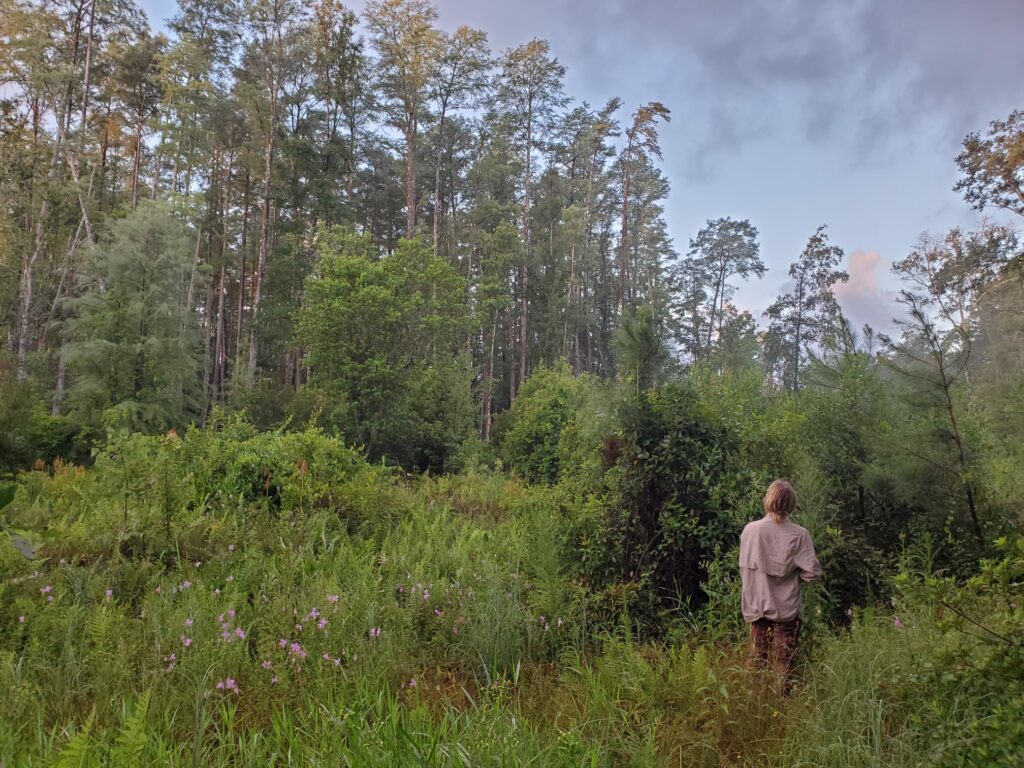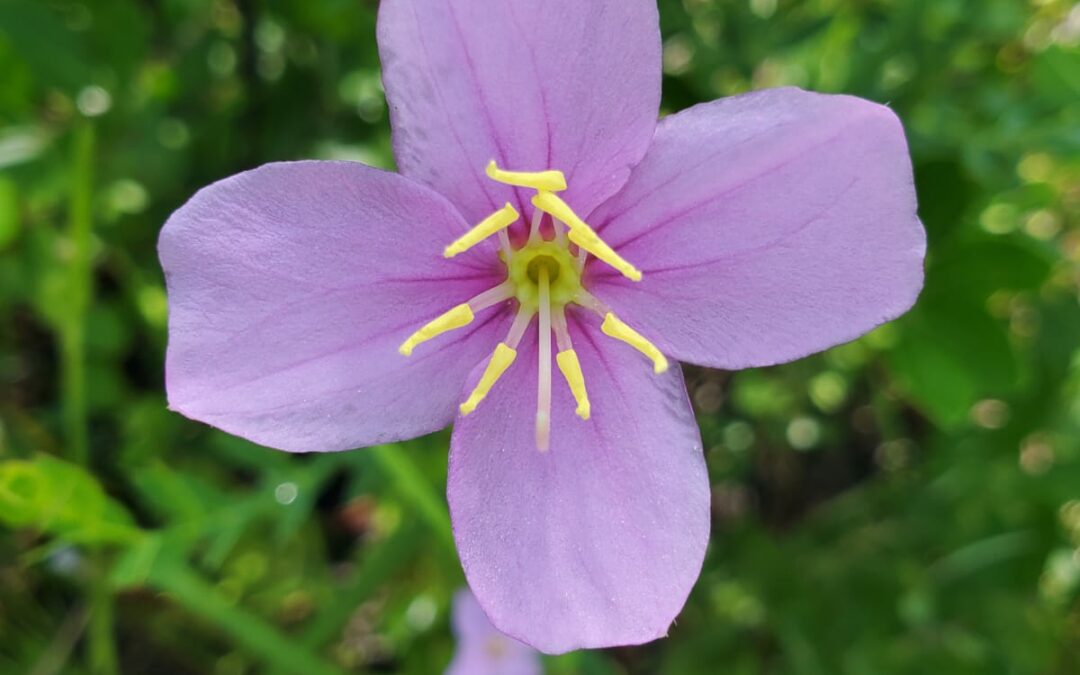At the beginning of July, I travelled from Colorado to Florida (what a move to make for a climber in the middle of summer ;-)) to work on the Melastomataceae genus Rhexia (meadow beauties)! This is a small genus of only about 11 species, and, importantly, the only group of Melastomataceae that, to date, occurs outside of the tropics… well… as far as you can call Florida non-tropical 😉 Rhexia is distributed along the SE coast of the United States and some species reach as far North as Canada. The center of diversity of the group definitely is here in the South, and we can find up to six species co-flowering in some of our study sites around the city of Gainesville. For this project, I am collaborating with colleagues here in Gainesville (i.e., Lucas Majure), and my student Ash Kerber from CU Boulder and I have been joined in the field by Malu Rengifo, one of Lucas’ students. Together, we monitored the buzzing bee pollinators of as many Rhexia species as possible to understand to what extent they share the same pollinators or are specialized on different bees. The short first impression – there is increcible overlap in pollinator communities of co-flowering Rhexia species, and they are primarily visited by bumblebees, carpenter bees, leaf-cutter bees and small halictids. The bees are early birds, so we are usually at our field sites at sunrise and work till noon, when the bees, like us, start hiding from the Florida heat! There are many puzzles to be solved still, i.e., how Rhexia species do not hybridize, why some species are widely distributed, how pollination plays into all of this… stay tuned for results and a fully-fledged project! 🙂
